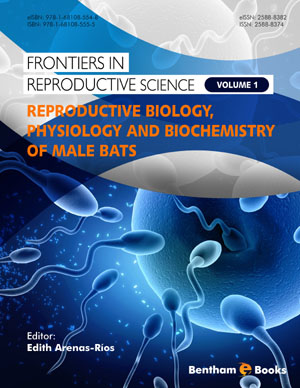Abstract
The midgut is an important organ for insects not only because it occupies a large space in their hemocoel, or because it is a major part of the digestive tract; it also plays critical roles in other physiological regulation such as metabolism, immune response, homeostasis of electrolytes, osmotic pressure, circulation and more. Therefore disturbance of these functions could provide a target and strategy for future pest management practice. Entry of entomopathogenic microorganisms and penetration of pesticides are through this route, and Plasmodium penetrating through the peritrophic membrane of Anopheline mosquitoes is a crucial issue for malaria control. The midgut is a complex organ that undergoes a gross transformation at metamorphosis to support different feeding habits at different developmental stages. It consists of epithelium and basal lamina with endodermal and mesodermal origins, respectively and the latter is innervated, i.e., an ectodermal element. We have not yet reached complete elucidation and understanding of the mechanism of embryonic formation of the organ, the metamorphosis and the regulatory mechanisms for a variety of midgut house-hold physiological functions. Another complexity comes from the unusual extent of variabilities that occur in general morphology, egg size/yolk content, feeding habit, mode of metamorphosis, or kinds of stresses or symbiotic associations that may occur in various orders of insects. We do not know whether the Drosophila model that provides important knowledge concerning embryonic formation is applicable to other insects. This review focuses on functions of developmental genes, endocrine agents, and local secretagogues, that control regulatory mechanisms, particularly peptides secreted from epithelial paraneurons as well as growth factors and differentiation factors synthesized by non-paraneuronal midgut cells such as columnar cells, goblet cells, perhaps trachea, hemocytes or muscles or extramidgut tissues such as the fat body. Stress conditions and metamorphosis, epithelial-mesenchymal interactions and behavior of adhesion molecules should be included here but currently this aspect has received little attention.
Keywords: Brain-gut peptides, paraneurons, growth factors, differentiation factors, metamorphosis, gut contraction, digestion, metabolism, 20-hydroxyecdysone, bombyxin, serotonin, apoptosis, stem cell.








